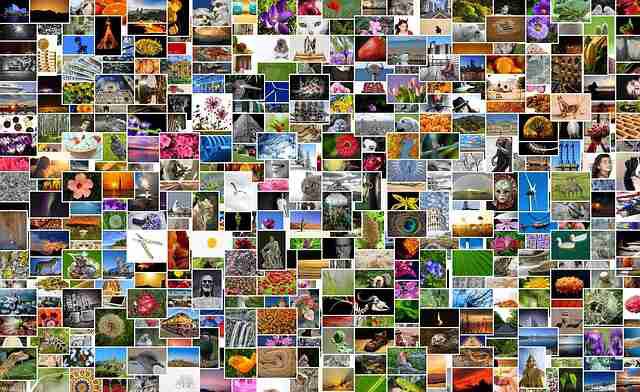How Does Image Optimization Help in SEO?

Do you know how does Image Optimization help in SEO? If not, then don't worry because this blog will go over everything there is to know about image optimization and its role in SEO.
Did you know that you could be losing traffic, user engagement, and sales if you don't optimize your images properly? Google considers over 200 factors when deciding which website to rank for a specific search query. Having well-optimized images can help you stand out from other sites that don’t optimize their images.
In this blog, we will cover everything about Image Optimization and how it helps in SEO. But, let's first discuss what Image Optimization actually is.
What is Image Optimization?
Image optimization is the process of reducing the file size of your images as much as possible while maintaining quality, in order to keep your page loading time as low as possible. It is a process that involves creating and delivering high-quality images in the appropriate format, size, and resolution in order to increase user engagement. It also involves correctly labeling images with metadata so that search engine crawlers can read them and understand the context of the page. Image optimization can also help with search engine optimization (SEO), as search engines consider page load speed when ranking sites. As a result, there is a significant reduction in load, an improved user experience, and increased site visibility. You can use an online tool such as Freeimgtools to optimize your images for the web.Why is Image Optimization Necessary?
Is Image Optimization Really Necessary and How Does Image Optimization Help in SEO? You will find the answers to these questions when you read the following points -
Improves visibility:
Images that have been optimized help both readers and search engines understand your website and discover your content. Image optimization can help your images rank higher in Google's Image Search, bringing more traffic to your website and building your brand.
It improves the user experience:
Well-optimized images that display correctly improve user experience by making your site easier to navigate.
Faster site speed:
Speed is important in SEO. Image optimization is required to make web pages load more quickly. Page speed is critical to the visitor's experience. Delays of one second are sufficient to disrupt a person's thought process. Pages that take longer to load have higher bounce rates and lower average time on page. Even a one-second reduction in page load time will improve your user experience. Improved user experience and interactions with your site improve search engine rankings, which can lead to increased engagement, conversions, and customer retention.
Improves accessibility:
Some optimization steps, such as adding alt tags to your web page’s images, can make your site easier to navigate for those who use screen readers.
How to Optimize Your Images for the Web?
You now understand How Does Image Optimization Help in SEO. All you need to know is How should you Optimize Your Images for the Web.Resize your images
Images with higher resolution and larger dimensions significantly slow down page load times. While they are appropriate for printed materials, they should be scaled down and sized for the web. You can use an online resizing tool such as Freeimgtools to resize your images.Choose the appropriate image format
PNG, GIF, and JPEG each have their advantages.- JPEG images can be significantly compressed, resulting in high-quality images with small file sizes. JPEGs are widely used because they provide the best image quality for the smallest file size.
- GIF images have a lower quality than JPEG images and are ideal for plain, simple images on a webpage with only a few colours.
- PNG images are becoming more popular as a replacement for GIFs. PNGs can store far more colours than GIFs. Even though the PNG file type is becoming more popular, file sizes can still be significantly larger than JPEG images.
Compress your images
You can optimize your images by compressing them using a tool. Image Compression is a technique for reducing the size of an image file while maintaining its quality. Bulk Image Compressor is a tool provided by Freeimgtools that allows you to compress images in bulk as well.Add Alt Text to your images
Viewers may understand the image, but search engine spiders require more information. Search engines cannot accurately index your image content without alternative text. When an image doesn't load, search engines can read the alternative text to determine the page's ranking. That's why you should write a more detailed alt text than the file name.Check Out Our Blogs
Learn advance optimization techniques
Which helps you have best image sizes and types for all your work.



